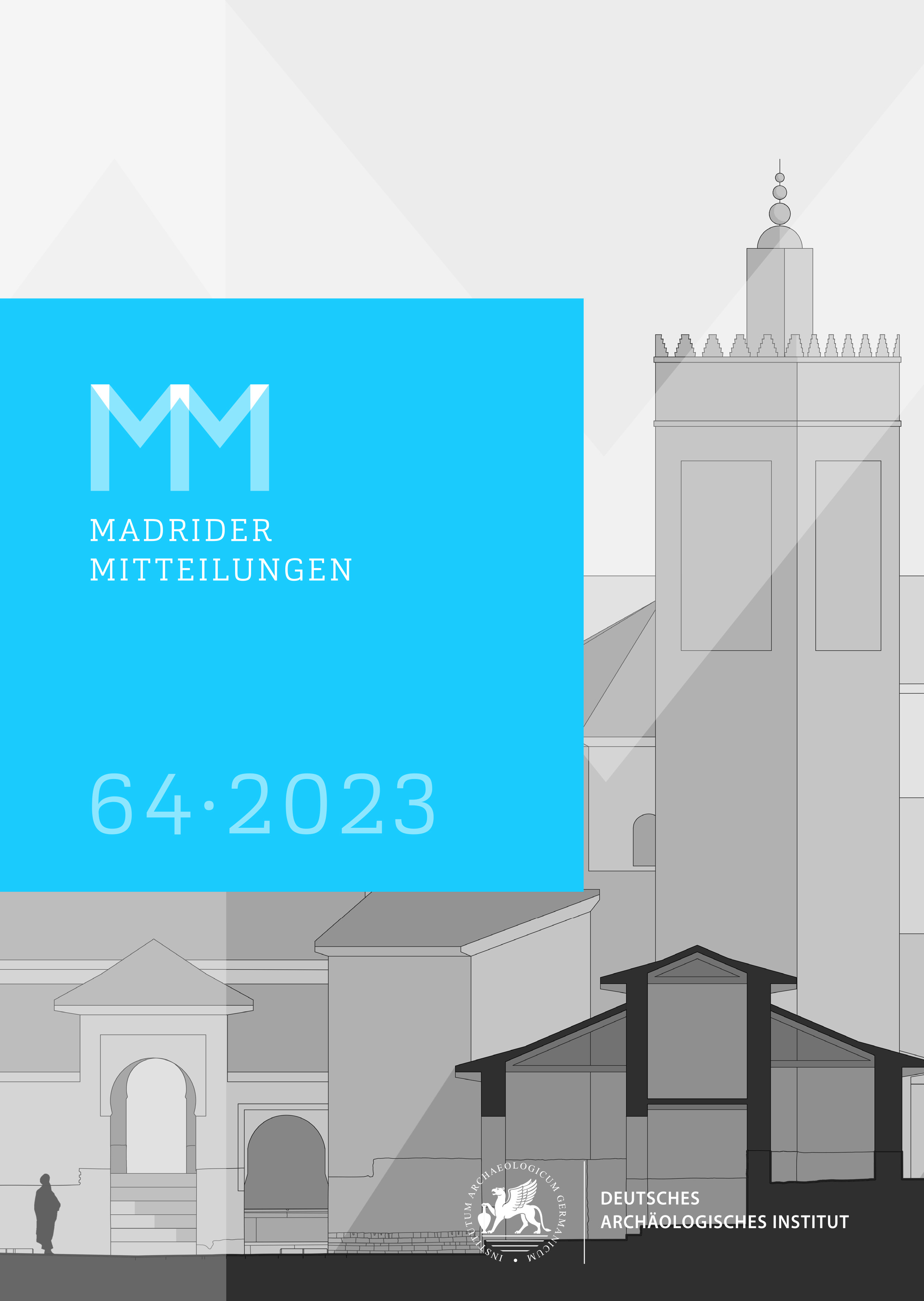El nuevo edificio de atrio en el entorno del foro de Baelo Claudia (Tarifa, Cádiz): reflexiones sobre los espacios asociativos y cultuales en la ciudad romana
Reflexiones sobre los espacios asociativos y cultuales en la ciudad romana
https://doi.org/10.34780/c5e8-afca
Resumen
Excavaciones recientes desarrolladas en el ángulo sureste del foro de la ciudad de Baelo Claudia (Tarifa, Cádiz, prov. Baetica) han sacado a la luz los restos de dos edificios contiguos y de compleja evolución diacrónica cuya funcionalidad, a partir de las evidencias disponibles, no resulta cierta. En el caso de uno de ellos, el denominado “edificio de atrio”, presenta características comunes con otros espacios como los supuestamente destinados a la reunión de asociaciones, la práctica administrativa o el culto. En el estudio se analizan las diferentes evidencias a disposición que permiten la aproximación funcional, teniendo muy en cuenta la propia naturaleza y vocación de la ciudad de Baelo Claudia. Todo ello sirve para preguntarse por la rigidez efectiva de las tipologías arquitectónicas clásicas, así como para cuestionar, eventualmente, la artificial correspondencia unívoca entre forma y función en el mundo urbano romano. A una más que segura polivalencia de espacios y construcciones, recogida por las fuentes textuales y arqueológicas, se suman prácticas socio-religiosas complejas y edificios singulares de culto y representación que la investigación aún no ha sido capaz de “hacer entrar” en sus encorsetados referentes tipológicos.
Palabras clave:
Imperio romano, Bética romana, Baelo Claudia, urbanismo, tipologías edilicias, espacios de culto, polivalencia funcional





